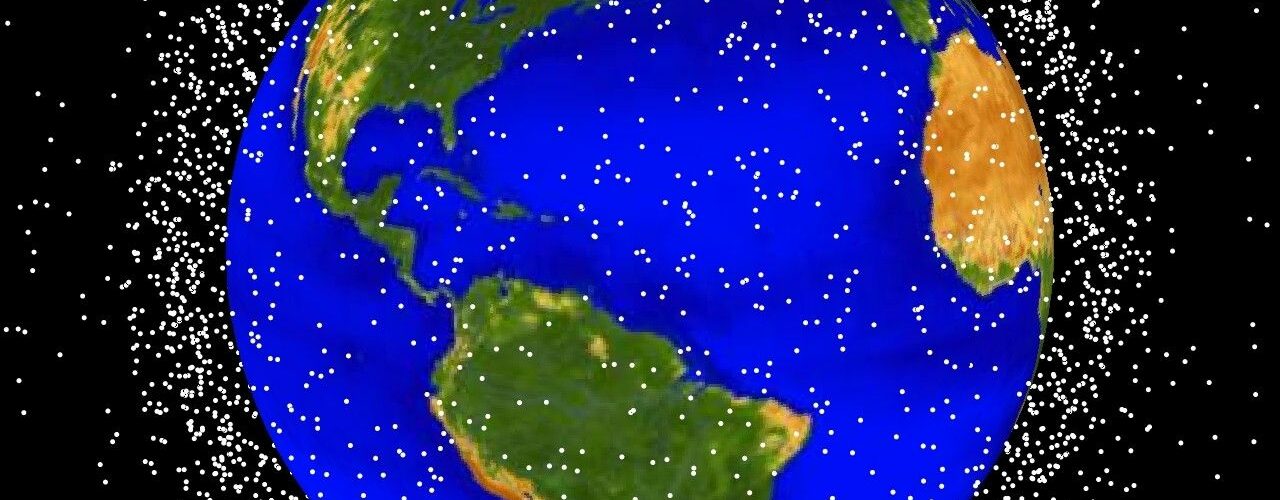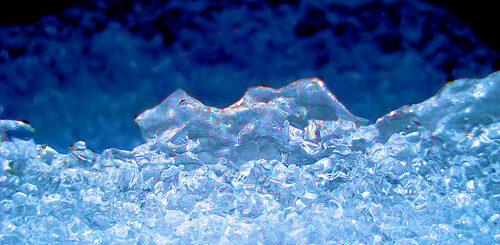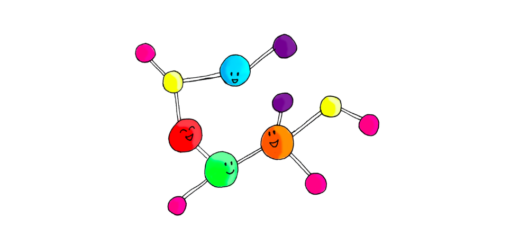The Stardust Programme

SPOILER ALERT: If you haven’t seen “Gravity” yet, a) Why not? and b) Don’t read this article.
If you’ve heard about or been to see “Gravity” recently, you’ll perhaps be aware of two things: Sandra Bullock makes a surprisingly convincing astronaut and space debris can be a Very Serious Business indeed.
The Stardust programme 1 continues Strathclyde University’s world-leading space research, focussing on deflecting asteroids and manipulating the ever-growing and increasingly dangerous collection of space debris orbiting our planet. The chain reaction set-off in ”Gravity” is known as Kessler syndrome (1978) and describes a situation where the density of objects in orbit is high enough to set off a cascade of collisions.
The research takes three main directions; predicting through simulation and modelling the evolution of the space-debris environment, determining the likelihood of an asteroid colliding with the Earth, and the possible consequences of an asteroid deflection or removal. Essentially these simulations attempt to determine whether the endings of “Armageddon” or “Deep Impact” were the more realistic scenario.
A recent week-long training school at Strathclyde 2 brought together the 14-strong consortium of European partners and leading figures in aerospace engineering, physics, computer science and applied mathematics from the USA and Japan. Talks on subjects from the fairly dry-sounding “space trajectory optimisation” to the seriously bad-ass “asteroid and debris deflection by laser” were given. The public were also allowed to attend a series of evening talks, including a talk by Prof. Martin A. Hendry from the University of Glasgow on “Cosmological theories of the Multiverse.” That’s some hardcore science communication.










